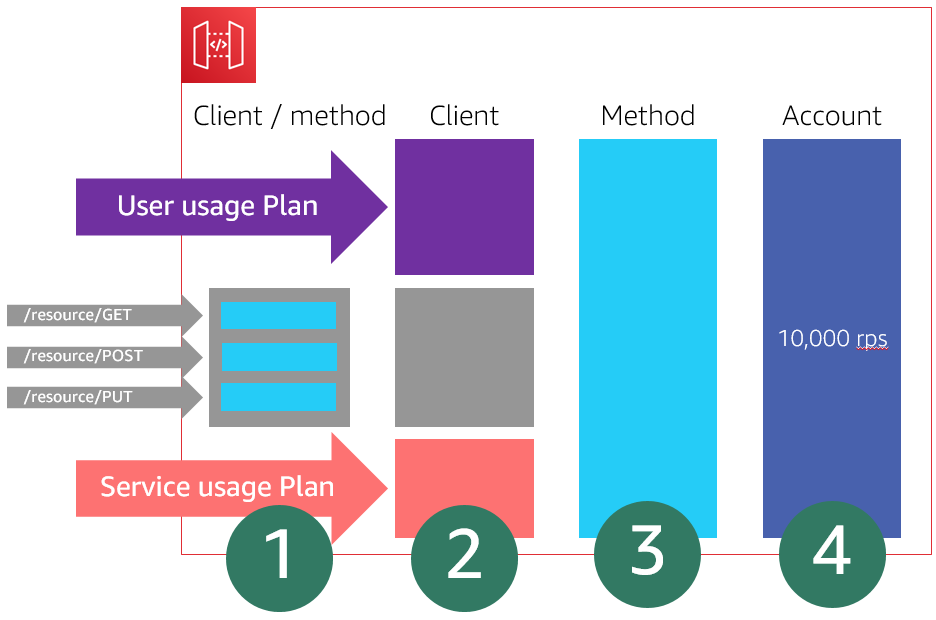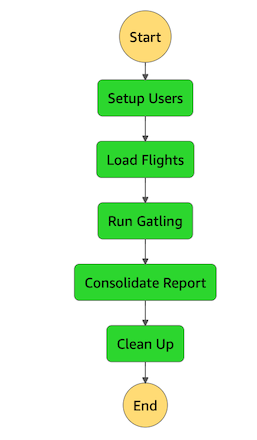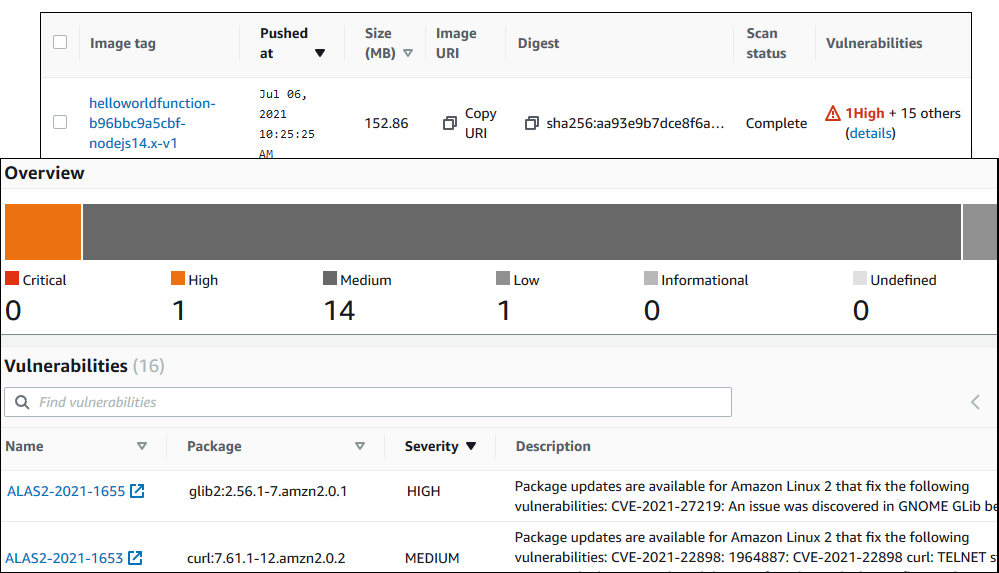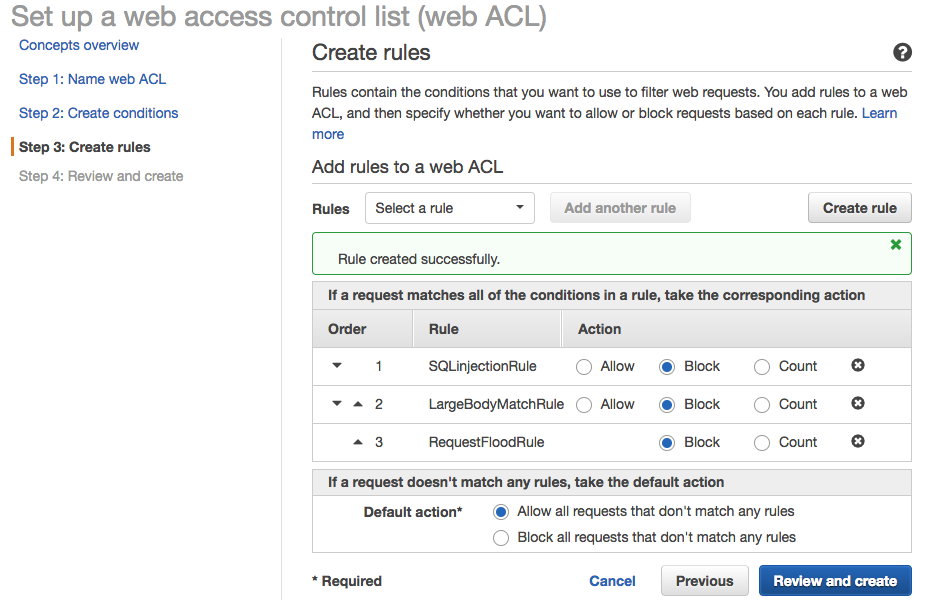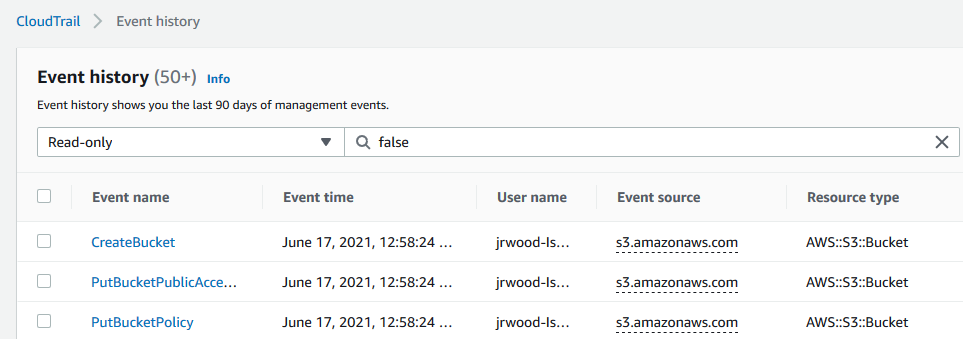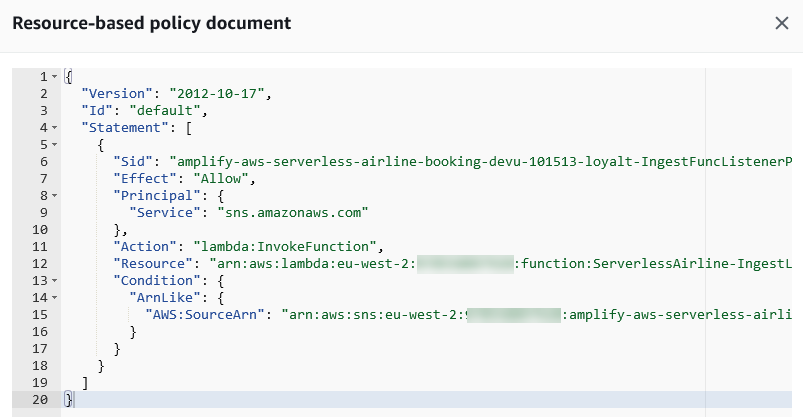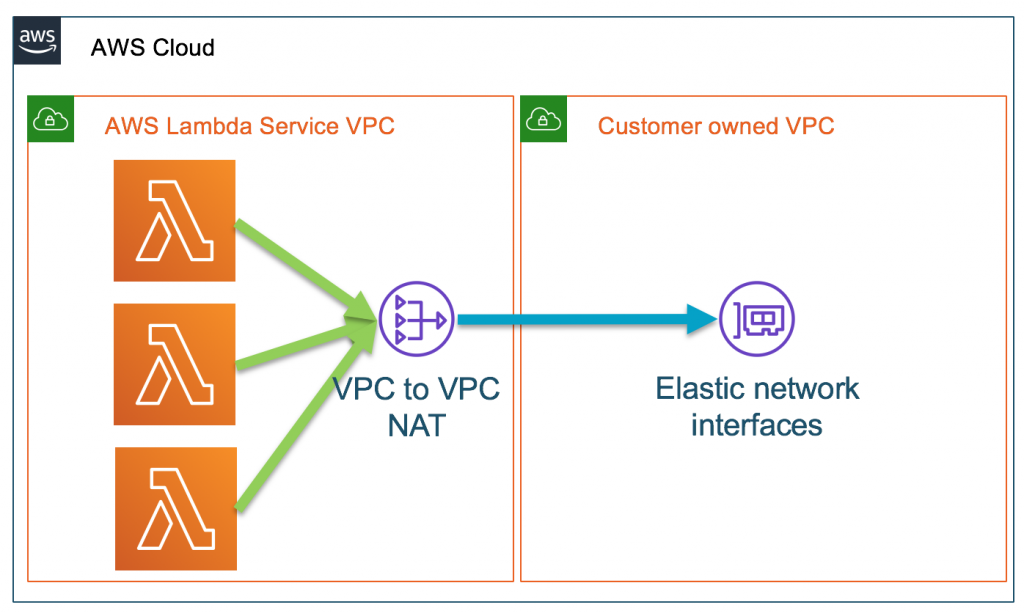Post Syndicated from Michael Rhyndress original https://aws.amazon.com/blogs/devops/announcing-the-aws-well-architected-framework-devops-guidance/
Today, Amazon Web Services (AWS) announced the launch of the AWS Well-Architected Framework DevOps Guidance. The AWS DevOps Guidance introduces the AWS DevOps Sagas—a collection of modern capabilities that together form a comprehensive approach to designing, developing, securing, and efficiently operating software at cloud scale. Taking the learnings from Amazon’s own transformation journey and our experience managing global cloud services, the AWS DevOps Guidance was built to equip organizations of all sizes with best practice culture, processes, and technical capabilities that help to deliver business value and applications more securely and at a higher velocity.
A Glimpse into Amazon’s DevOps Transformation
In the early 2000s, Amazon went through its own DevOps transformation which led to an online bookstore forming the AWS cloud computing division. Today, AWS provides a wide range of products and services for global customers that are powered by that same innovative DevOps approach. Due to the positive effects of this transformation, AWS recognizes the significance of DevOps and has been at the forefront of its adoption and implementation.
Amazon’s own journey, along with the collective experience gained from assisting customers as they modernize and migrate to the cloud, provided insight into the capabilities which we believe make DevOps adoption successful. With these learnings, we created the DevOps Sagas to help our customers sustainably adopt and practice DevOps through the implementation of an interconnected set of capabilities. Each DevOps Saga includes prescriptive guidance for capabilities that provide indicators of success, metrics to measure, and common anti-patterns to avoid.
Introducing The DevOps Sagas
The DevOps Sagas are core domains within the software delivery process that collectively form AWS DevOps best practices. Together, they encompass a collection of modern capabilities representing a comprehensive approach to designing, developing, securing, and efficiently operating software at cloud scale. You can use the DevOps Sagas as a common definition of what DevOps means to your organization by aligning on a shared understanding within your organization and to consistently measure DevOps adoption over time. The 5 DevOps Sagas are:
- Organizational Adoption Saga: Inspires the formation of a customer-centric, adaptive culture focused on optimizing people-driven processes, personal and professional development, and improving developer experience to set the foundation for successful DevOps adoption.
- Development Lifecycle Saga: Aims to enhance the organization’s capacity to develop, review, and deploy workloads swiftly and securely. It leverages feedback loops, consistent deployment methods, and an ‘everything-as-code’ approach to attain efficiency in deployment.
- Quality Assurance Saga: Advocates for a proactive, test-first methodology integrated into the development process to ensure that applications are well-architected by design, secure, cost-efficient, sustainable, and delivered with increased agility through automation.
- Automated Governance Saga: Facilitates directive, detective, preventive, and responsive measures at all stages of the development process. It emphasizes risk management, business process adherence, and application and infrastructure compliance at scale through automated processes, policies, and guardrails.
- Observability Saga: Presents an approach to incorporating observability within environment and workloads, allowing teams to detect and address issues, improve performance, reduce costs, and ensure alignment with business objectives and customer needs.

Who should use the AWS DevOps Guidance?
We recognize that every organization is unique and that there is no one-size-fits-all approach to practicing DevOps. The recommendations and examples provided can be tailored to suit your organization’s environment, quality, and security needs. The AWS DevOps Guidance is designed for a wide range of professionals and organizations, including startups exploring DevOps for the first time, established enterprises refining their processes, public sector companies, cloud-native businesses, and customers migrating to the AWS Cloud. Whether you are steering strategic direction as a Chief Technology Officer (CTO) or Chief Information Security Officer (CISO), a developer or architect actively engaged in designing and deploying workloads, or in a compliance role overseeing quality assurance, auditing, or governance, this guidance is tailored to help you.
Next Steps
With the release of the AWS DevOps Guidance, we encourage you, our customers, to download and read the document, as well as implement and test your workloads in accordance with the recommendations within. Use the AWS DevOps Guidance in tandem with the AWS Well-Architected Framework to conduct an assessment of your organization and individual workload’s adherence to DevOps best practices to pinpoint areas of strength and opportunities for improvement. Collaborate with your teams – from developers to operations and decision-makers – to share insights from your assessment. Use the insights gained from the AWS DevOps Guidance to prioritize areas of improvement and iteratively improve your DevOps capabilities.
Find the AWS DevOps Guidance on the AWS Well-Architected website or contact your AWS account team for more information. As with the AWS Well-Architected Framework and other industry and technology guidance, we recommend leveraging the AWS DevOps Guidance early and often – as you approach architectural and service design decisions, and whenever you carry out Well-Architected reviews. As you use the AWS DevOps Guidance, we would appreciate your comments and feedback to help us improve as best practices and technology evolve. We will continually refresh the content as we identify new best practices, metrics, and common scenarios.















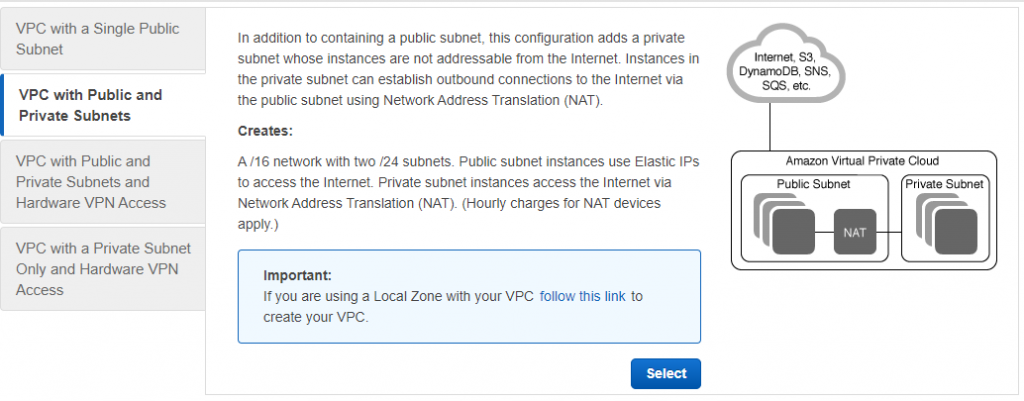




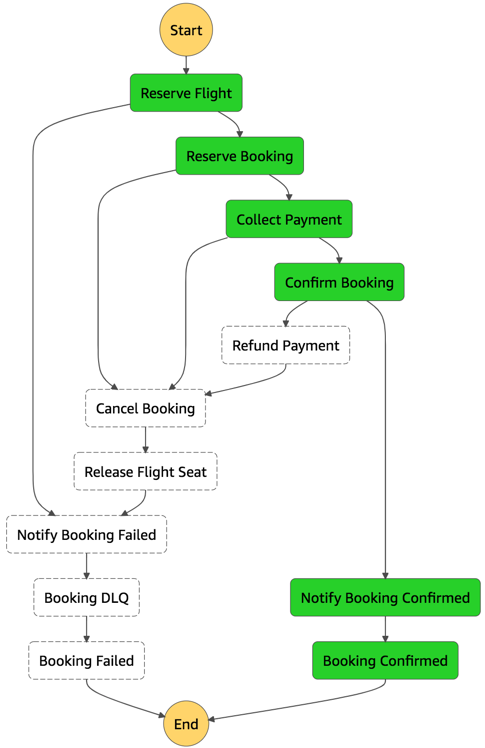








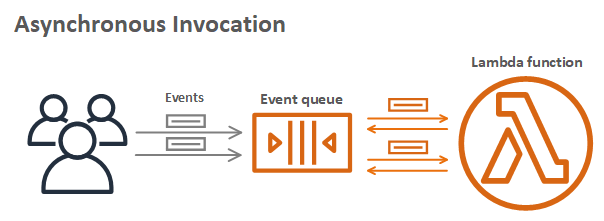













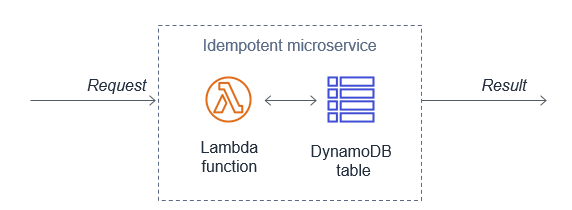











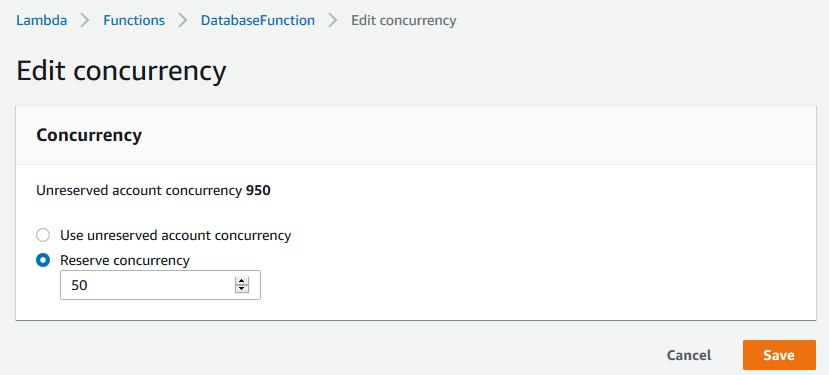






 Mikhail is a Solutions Architect for RUS-CIS. Mikhail supports customers on their cloud journeys with Well-architected best practices and adoption of DevOps techniques on AWS. Mikhail is a fan of ChatOps, Open Source on AWS and Operational Excellence design principles.
Mikhail is a Solutions Architect for RUS-CIS. Mikhail supports customers on their cloud journeys with Well-architected best practices and adoption of DevOps techniques on AWS. Mikhail is a fan of ChatOps, Open Source on AWS and Operational Excellence design principles.
